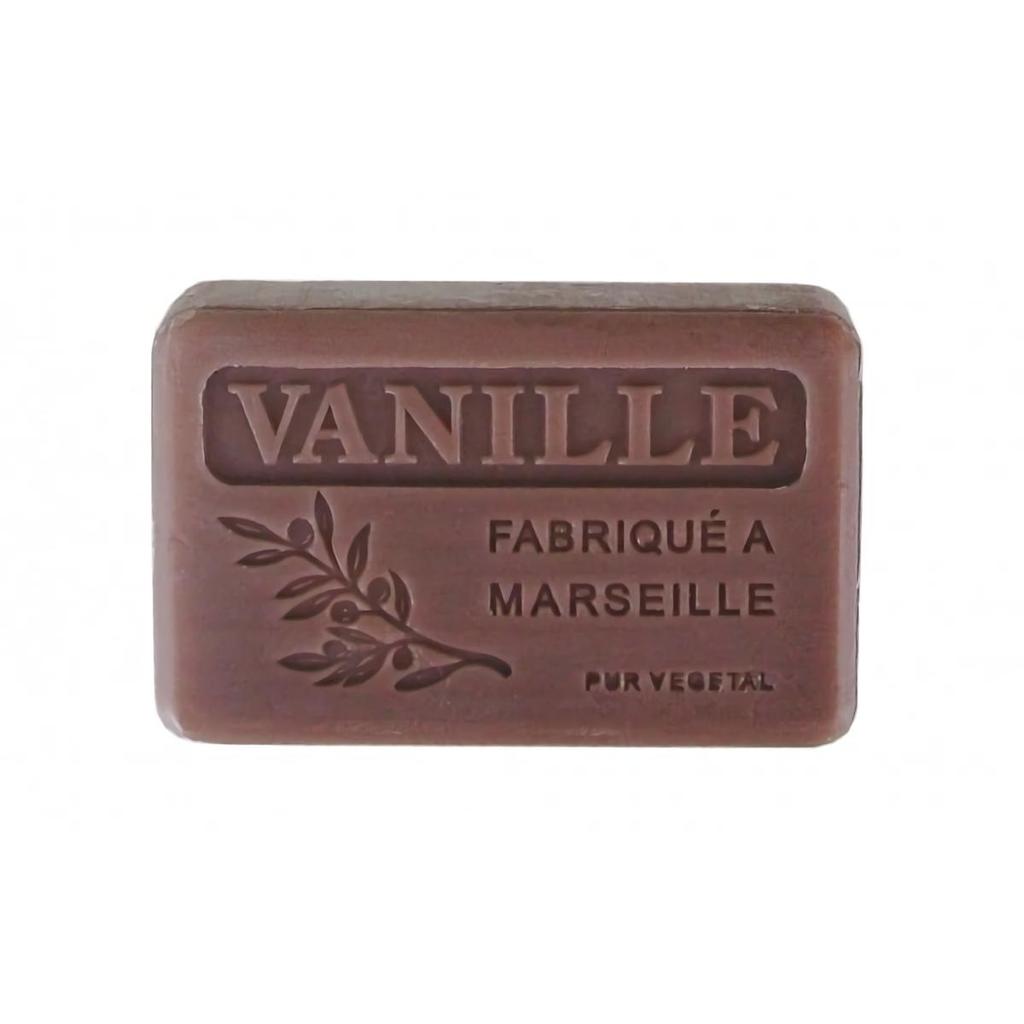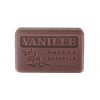Vanilla
4,35€
Vanilla Soap has properties that promote cell regeneration. It nourishes, hydrates and regenerates in depth, and thanks to its antioxidant properties, it protects the skin from free radicals.
The aroma of Vanilla elevates the mood, stimulates positive sensations and emotions, functioning as a great sensuality enhancer. It is feminine, it is associated with the planet Venus and the water element.
Traditionally, it is used for its properties associated with love, sexual desire and mental powers. Its aroma and flavor have aphrodisiac properties.
Size: 100g


